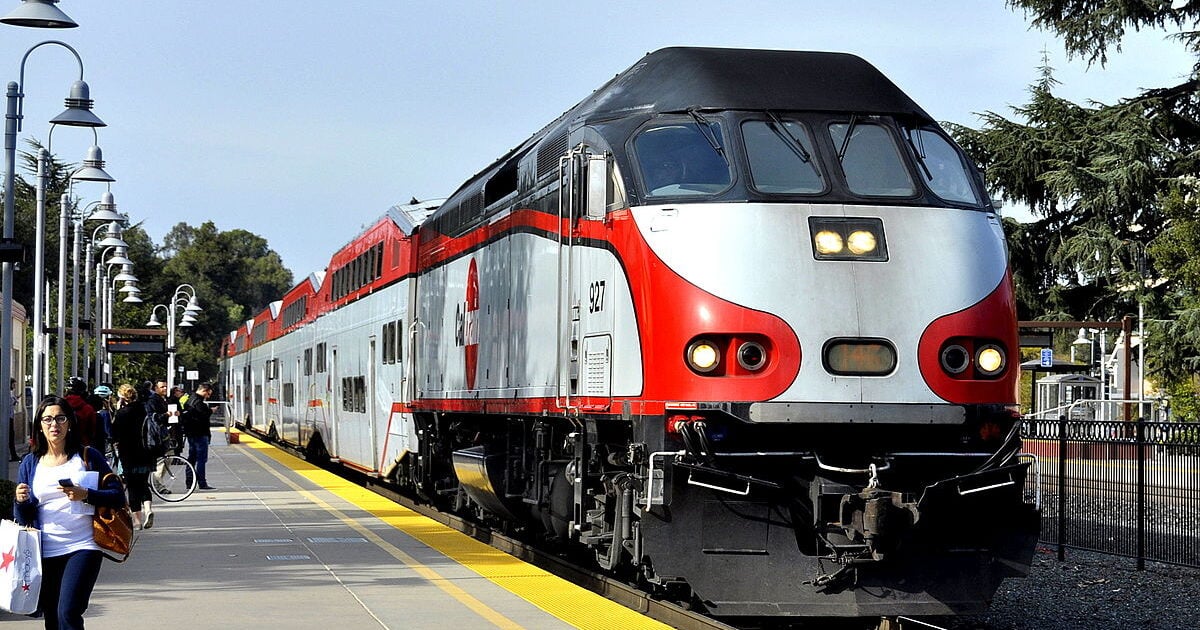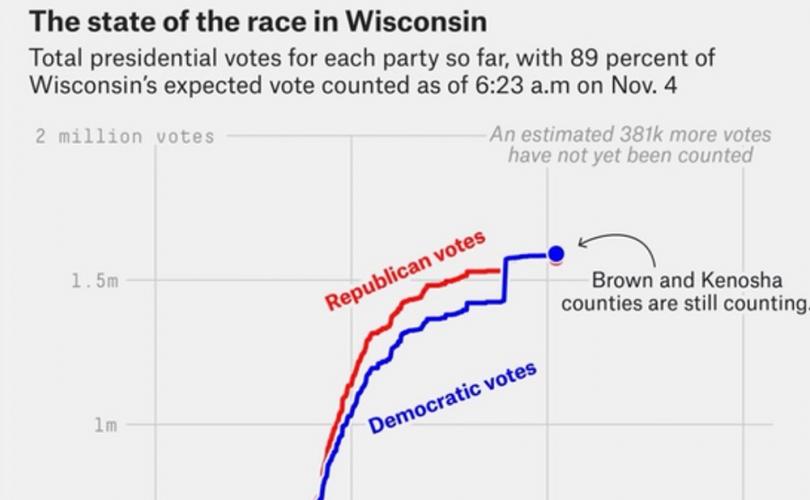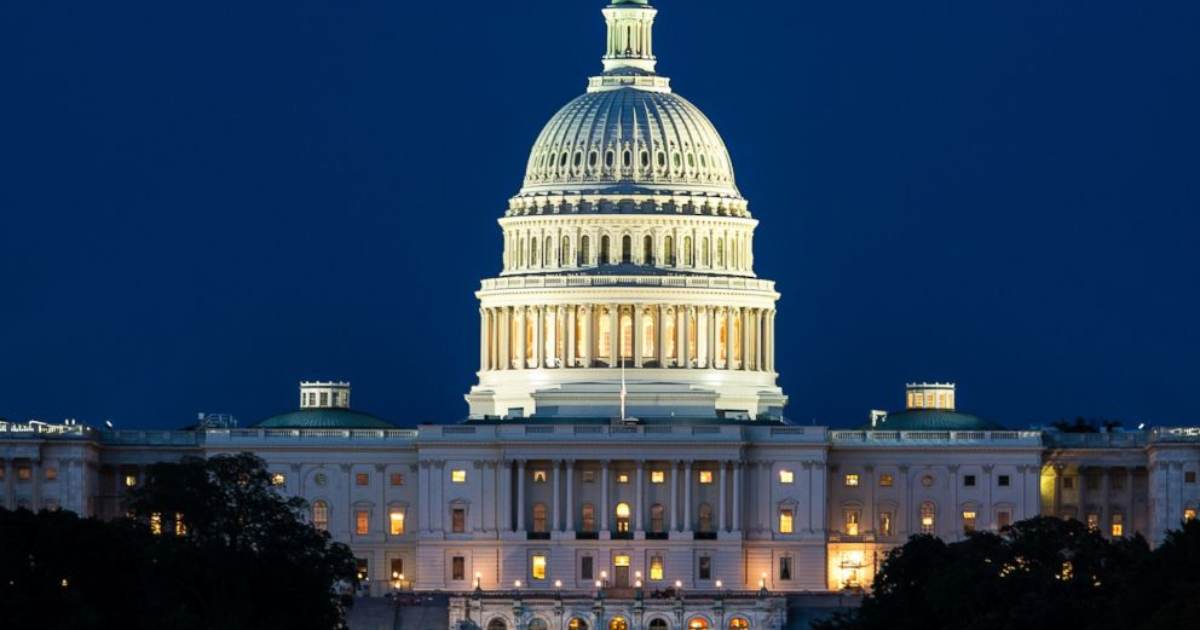
For some reason, high-speed rail is a hot-button issue for liberals and a frequent point of criticism from Chinese communist propaganda and Europeans when they attack the U.S.
“How can you call yourself a developed country when you don’t have high-speed rail?” they ask. The reality is that high-speed rail would be more expensive and less efficient than our current travel infrastructure.
High-speed rail works in Europe and China because of government subsidies, higher taxes, and because people typically travel shorter distances and have fewer travel options.
The U.S. has more cars per capita, more highways, more airports, and more railroads than China or the EU. Additionally, Americans prefer to drive on trips up to 500 miles so they can have their car when they arrive and take the whole family for one price. For longer trips, Americans prefer flying because even high-speed rail is slower.
The US is extremely developed and has a culture of independence. Car ownership is more prevalent in the US than anywhere else, with 860 cars per thousand people, compared to 627 in Germany, 544 in Sweden, and 223 in China.
Not only does America have more cars per capita, but we also have more highways. The US National Highway System comprises 164,000 miles of highways, equipped with rest stops, gas stations, McDonald’s, hotels, and other amenities.
In contrast, China has 105,073 miles of highways, meaning the US has 56% more, despite China’s population being more than three times that of the US. And, good luck finding bathrooms and rest stops on China’s highways.
The EU has 46,540 miles of highways, less than one-third of the US, despite having a population 35% larger. While the German Autobahn is impressive, it is limited to Germany. Driving from Germany to Portugal, for example, is much less convenient than covering the same distance in the US.
The US has the most extensive rail network in the world. The American National Rail Network spans 224,000 miles of track, primarily designed for heavy-gauge freight trains. In comparison, the European rail system is only half the size, with 94,000 miles of track, while China has 96,312 miles of track.
The US has the most airports of any country in the world, with 15,873. In comparison, the EU has over 2,000 airports, while China has only 531. Europeans may find trains sufficient because they don’t travel the long distances that Americans do.
The average American travels two to three times as much as EU citizens, depending on the country.
The US does not have high speed rail (HSR), while China and some parts of Europe do. However, high speed rail would not be viable for the United States. The distance between New York City and Los Angeles is approximately 2,800 miles.
If we assume an average speed of 186 miles per hour, it would take 15 hours to reach California by HSR. Yes, it is faster than driving, but most Americans fly that distance which takes 5 to 6 hours and costs anywhere from $63 to $200 USD.
And we can make that flight with our existing infrastructure rather than installing a HSR which would cost hundreds of billions of taxpayer money.
Right now, California is in the midst of constructing a high-speed rail line between Los Angeles and San Francisco. It covers approximately 500 miles, is estimated to cost up to $128 billion.
Extrapolating from this figure, the cost to build a high-speed rail line from New York to California could exceed $716 billion. And with that huge expense, you could get to California faster than driving, which almost no one does, but still slower than flying.
A normal train ticket from New York to California varies between $280 and $634, depending on factors like the time of booking, specific route, and class of service.
A high-speed rail ticket would presumably cost more. So now, in addition to taking more than twice as long to reach your destination, you also have the added benefit of paying multiple times the cost of an airline ticket.
The busiest passenger rail line in the US is the Northeast Corridor, running from Boston, Massachusetts, to Washington, D.C., passing through several major cities and making various key stops. Its viability is due to these many stops.
For example, the Acela, the fastest option between Washington, D.C., and New York City, stops at five stations: Philadelphia, PA; Wilmington, DE; Baltimore, MD; BWI Airport, MD; and Newark, NJ. A coach seat costs an average of $130-200 and takes about two hours and forty-five minutes to three hours.
HSR could make the trip, nonstop in just over an hour. However, eliminating stops between major cities would leave those cities underserved, hurting them economically and making travel difficult for residents. If the HSR made the same stops as the Acela its speed would be greatly reduced.
A high-speed rail (HSR) route from New York to Washington, D.C., making the same stops as the Acela would have a longer travel time due to deceleration, dwell time, and acceleration at each stop.
Typically, deceleration might start 15 miles before each station, taking about 15 minutes per stop. Each stop could add around 3 minutes for passenger boarding and alighting, and another 5 minutes for the train to accelerate back to cruising speed. For five stops, this would add approximately 115 minutes to the trip, resulting in a total travel time of about 2 hours and 55 minutes, about the same time as the Acela.
In contrast, a plane ticket from New York to Washington, DC, costs an average of $70-$100 one way and takes about 1 hour and fifteen minutes.
Driving from New York to Washington, DC, costs an estimated $70 in gasoline and tolls and takes about 4 to 5 hours. A train ticket costing $130-$200 for a single person could be almost three times as expensive as driving, but for a family of four, it could be nearly 12 times as expensive.
And despite the added expense, the high-speed rail would only save about 2 hours compared to driving. In short, HSR makes absolutely no sense for the US.














